
Overwintering Cordyline
Our tips to protect it from the cold
Contents
Cordyline is an exotic plant that can be planted across France but is grown differently from one region to another. It is a semi-hardy plant, easy to grow in regions with mild winters such as Brittany and the French Riviera. From its southern origins, it has retained a certain sensitivity to cold. Indeed, it does not tolerate temperatures below around -5/-7°C, -10°C for the hardiest (C. australis), provided it is sheltered from moisture and cold northerly winds. That is why, in harsher climates, it should be grown in a pot and brought in for the winter, into a greenhouse or a lightly heated conservatory. In the open ground, it should therefore be confined to coastal climates. I still recommend giving it minimal protection to help it through the winter, especially in its early years.
Discover all our tips for protecting your Cordylines from the cold, whether you grow them in pots or in the open ground.
Overwintering cordyline in pots or planters
If you grow your cordyline in a pot, the best solution is to bring it in to avoid frost in autumn, into a conservatory, a greenhouse or a bright, lightly heated room where temperature will not fall below -7/-8 °C. Depending on variety, they can withstand brief frosts of around -5/-7 °C, sometimes down to -10 °C. As a general rule, I recommend bringing potted plants in at first cold snaps. Do not overwinter it somewhere warm! Avoid inside the house as it would not tolerate an atmosphere that is too dry, which would brown and dry out its long leaves. It will then be dormant: reduce watering to once every ten to fifteen days until February–March and stop feeding for the whole period. Finally, you can put the pot back outside in spring as soon as there is no longer any risk of frost.
In mild regions, if temperatures do not fall below -5 °C, you can leave cordylines in pots outdoors and simply wrap them generously with a frost-protection fleece. In a pot, the root system is more vulnerable than in the ground: also wrap the container with the fleece. You can also protect the container with cardboard or bubble wrap. At the end of winter, when temperatures become milder, do not hesitate to temporarily ventilate the above-ground parts by briefly removing the fleece. This allows the plant to breathe and helps prevent the development of disease, mould or parasitic pests favoured in a confined medium.
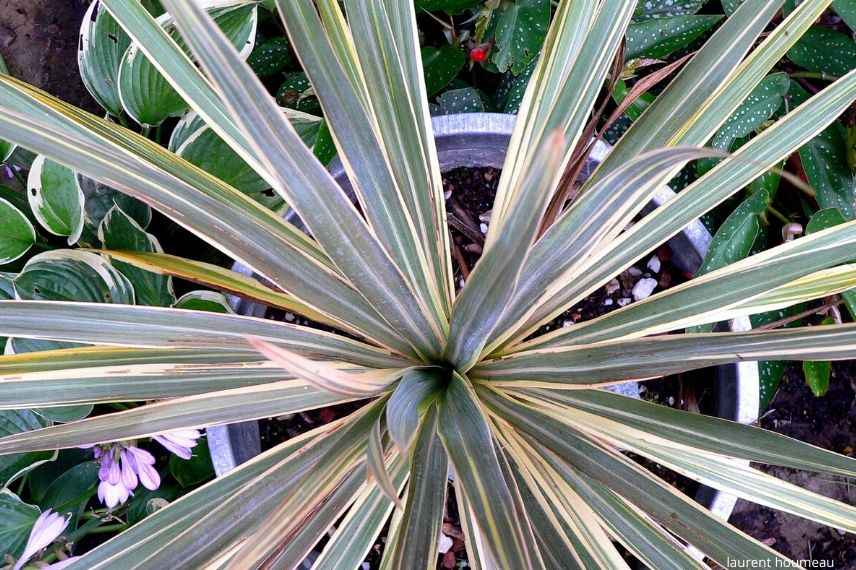
Cordyline in a pot — protect from frost during a harsh winter
Read also
Cordyline : to plant, to grow, to careProtecting cordyline planted outdoors
As winter approaches, protect it from frost while its size still allows! Cordyline’s evergreen foliage can suffer from cold, freezing rain and the harshest frosts. In addition to the base and stipe (trunk), the “head” must be protected. If you grow your cordyline in the ground because you live in a region with a fairly mild climate, I recommend wrapping it in one or two layers of horticultural fleece or a non-woven cover to help it get through the winter. Tie the clumps of leaves with string or simply with a cordyline leaf, then secure them by surrounding with horticultural fleece.
You can also wrap the trunk or stipe from the base to where the leaves emerge with a rigid wire cage that you fill with dry leaves without packing them, then bundle the aerial parts in a horticultural fleece.
Plant base should also receive a thick layer (around 30–40 cm) of straw.
These precautions are essential, especially during the first years after planting, as young cordylines are more fragile. But over time, they become more resilient!
For everything about Cordyline, how to choose it and to grow it, discover our plant sheet: “Cordyline: to plant, to grow and to maintain”
And, discover all our cordylines !
Discover other Cordyline
View all →Available in 1 sizes
Available in 1 sizes
Available in 1 sizes
Available in 1 sizes
Available in 3 sizes
Available in 1 sizes
Available in 2 sizes
Available in 1 sizes
Available in 2 sizes
Available in 1 sizes
My cordyline has been damaged by frost — what should I do?
Be aware that there are frost-hardy cordylines! Despite their very exotic appearance, some varieties (Cordyline australis ‘Charly Boy’) are more frost-hardy than you might think. If after severe frosts you think it has been damaged by frost, wait a little. With any luck, once spring temperatures have risen it may produce new shoots. Finally, in any case, avoid pruning the top of your cordyline at all costs!
- Subscribe!
- Contents





































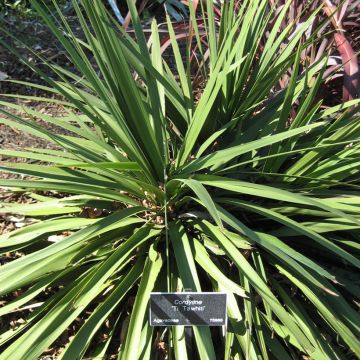
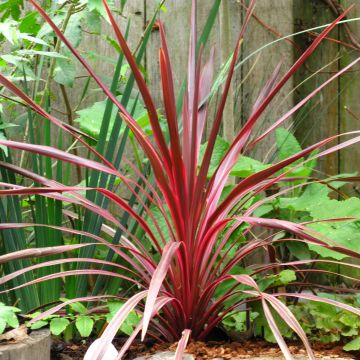
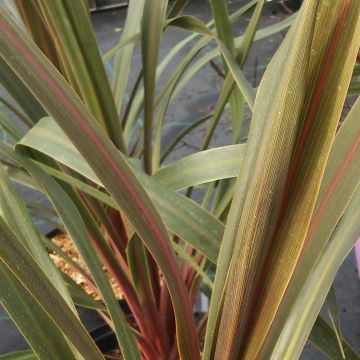

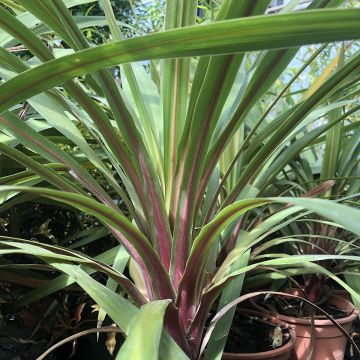
Comments